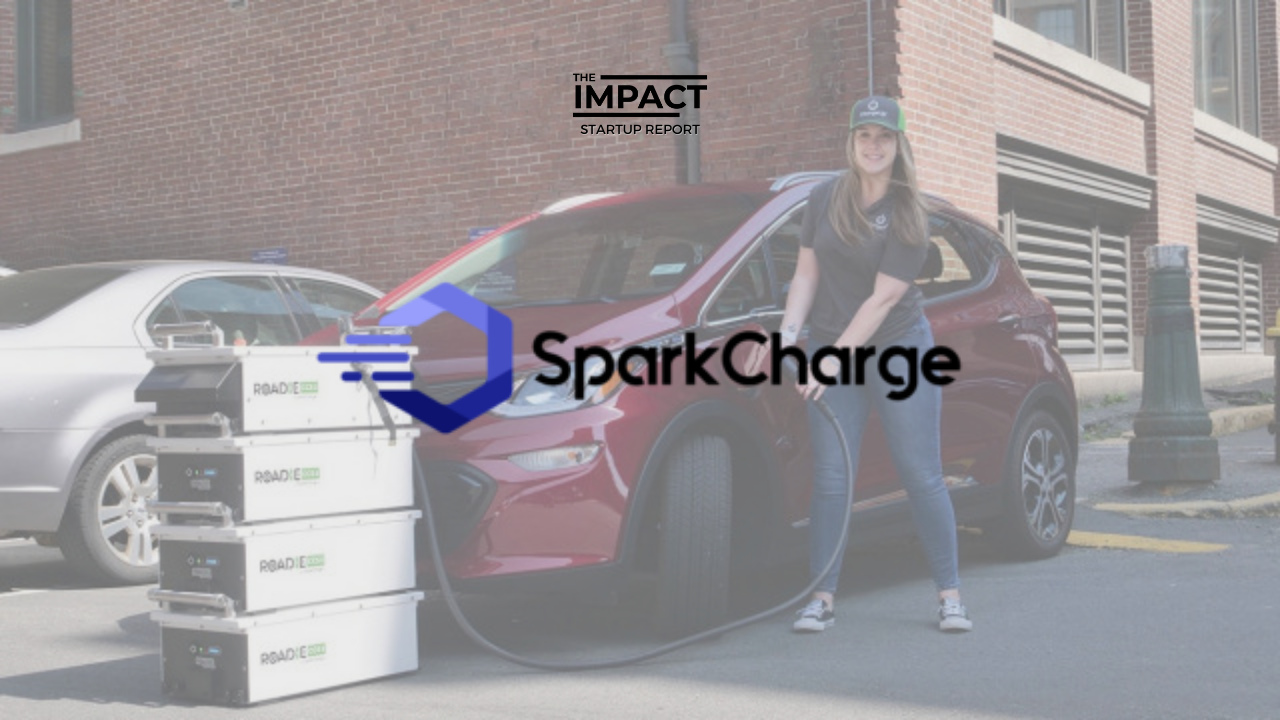The arrival of EVs in the US market comes with an increasing demand for EV charging systems.
The majority of existing and planned EV charging infrastructure installations leave underserved communities behind, but can we find an innovative solution to charge EVs for every community?
How to remove the barriers that prevent the adoption of EVs?
The IPCC reports are without appeal, and human activity is the cause of climate change. To mitigate its consequences, it is necessary to change the traditional modes of consumption. EVs require the installation of costly charging stations on the territory.
People living in disadvantaged communities are likely to be interested in driving a cleaner vehicle, but the lack of charging infrastructure in and around where they live, work, and play is a significant barrier to adoption. As popular as EVs are, most Americans still see their adoption as unrealistic, living in multi-family housing or in buildings that are cost-prohibitive or simply prohibited to install an EV charging system where they park their car overnight.
Enter SparkCharge
SparkCharge (CleanTech Open, 2022 applications due April 17th) has built a mobile electric vehicle fast-charging network on a Charging as a Service (CaaS) system. Based on the model of Uber, the app allows EV owners to charge their vehicle whenever and wherever they want – at the parking lot, at work, in their driveways, or at the park. EV owners subscribe to the service, enter the details of their car and when they want to charge their vehicle just ask on the app and a technician comes with a fast-charging battery to charge the EV.
How it works
SparkCharge has developed a patented technology of modular fast charging systems. The charger comes in two parts, a battery module and a charger module. The 3.5 kWh capacity at a 20 kW power battery can charge the car up to 1 mile per min, which is 6 times faster than Level 2 chargers. Its dimensions of 9×13.7×23.6 inches for a weight of 73 pounds make it portable for a single technician and transportable in the trunk of a car.
The batteries can be stacked to deliver the amount of range required. The charging module has the same dimensions and a weight of 51 pounds, has CCS1 (Tesla Model 3 and Model Y) and CHAdeMO (most EVs on the market) compatibility. The technician is equipped with this portable EV charger in his car and comes when a customer needs to charge its EV.
The competition
The closest competitor on the portable EV charging market identified is Blink, a designer, manufacturer, owner and operator of EV charging stations that also investigates the portable EV charging market. However, for the moment the portable EV charging service operates on gasoline, requires a truck for delivery, and weighs 350 pounds.
Vehicle-to-grid (V2G), work and home EV charging stations are other competitors for SparkCharge as they represent an alternative for charging an EV. However, SparkCharge targets people who are not well served by this alternative. The EV charging sector is skyrocketing and many competitors are entering the market to meet the demand since there are 78 EVs for every fast charger in the US. As of December 31, 2021, there are less than 22,000 EV fast chargers in the US. The demand is far from being met now, and SparkCharge benefits from a differentiation factor with its portable service that is likely to become a competitive advantage.
Why SparkCharge
SparkCharge is a company with a low entrance to market cost as compared to competitors since the company does not have to install a lot of infrastructures and benefits from a first-mover advantage on the market of portable charging stations. Not only SparkCharge has developed an innovative solution but the company is also representing a diversity that is lacking in the Climate Tech environment.
The founder and CEO Joshua Aviv, is a black certified data scientist with years of entrepreneurial experience and a deep connection to the underserved communities. The Director of Engineering Hilary Taylor is a Latina with an electrical engineering background. The Buffalo-based manufacturing team is led by veterans and made up of graduates of the local technology training centers the company supports. The delivery technicians are recruited from underserved communities and receive customer service and technical training on EV charger maintenance and repair. Their knowledge of the customers due to the proximity they have with those communities is a highly valuable asset for the company.
The market
The EV market is growing quickly, with a CAGR of 33% over the past five years and the market is accelerating. The Global Electric Vehicle Market report from the International Energy Agency expects between 2.9 and 8.1 million EVs to be sold yearly by 2030, with 2.3 to 3.7 million public fast chargers available. The market for EVs is also incentivized and driven by government policies. For example, the US Department of Transportation and Energy announced in February 2022 a $5B plan to build out a national electric vehicle charging network. Also, the EV30@30 campaign setting a goal of 30% of EV sales by 2030 is being backed by the governments of Canada, Chile, China, Finland, France, Germany, India, Japan, Mexico, the Netherland, New Zealand, Norway, Sweden and the UK. In the US, President Biden is even more ambitious with a goal of 50% EV sales by 2030.
Outlook
EV charging stations offer an attractive and high-impact market opportunity. SparkCharge’s business model makes it attractive for investors, as the solution is more scalable than V2G charging stations. We should expect the operating cost to be higher at the same time as the company will need to have transportation expenses and to hire more employees than V2G charging stations.
Yet, we can expect the company to charge a premium to the customer on the price of the power sold for the convenience of the service; you can charge your EV everywhere in the city and cover these extra costs. There are two points of attention for the company, the first is for the consumer, how much time does it take when a customer orders the service and how the company plans to manage peaks of demand when there is a football game, for instance. And the second one is for the environment. Is the company charging its batteries with renewable sources or with electricity produced from non-renewable sources?
Nevertheless, the service is currently available in three markets, Dallas, Los Angeles and San Francisco. The company has completed over 2,000 EV charging deliveries and provided nearly 1,000,000 miles of range for their customers. The company is looking for funds to scale as the subscriptions exceed their capacity in the markets where SparkCharge operates and wants to enter new markets in the US and abroad quickly.
About The Author

Hugo Tranzer is French Berkeley student majoring in business with experience in Corporate Finance (FP&A and M&A). He has studied on 3 continents – EDHEC Business School in France, SungKyunKwan University in Korea and UC Berkeley in the US. He is the cofounder of e-Drop, a startup in the Water @ Home space. On his last year of studies before graduating, he wants to break into VC Climate tech to bring his skills, experience and passion for a meaningful purpose.

